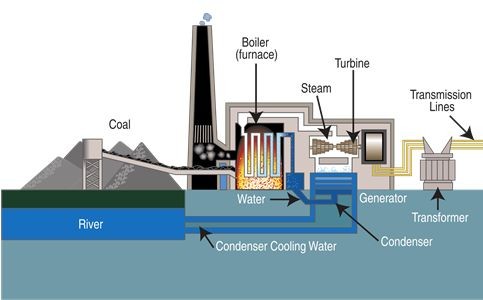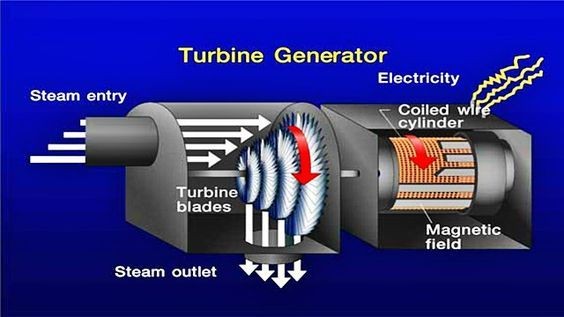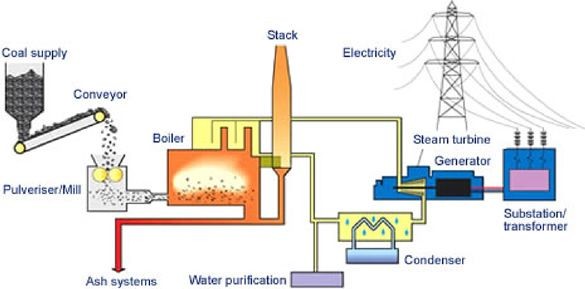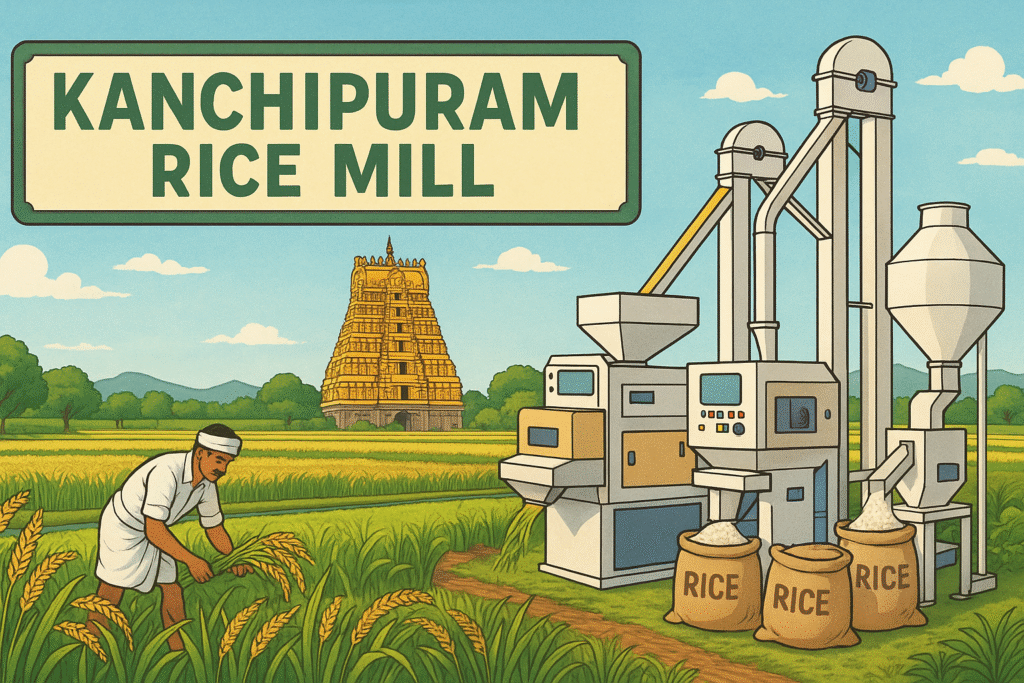Capturing Power from Steam: How Steam Turbines Drive Electricity Generation

Steam turbines are remarkable devices that play a pivotal role in the generation of electricity. These mechanical marvels harness the power of steam, a fundamental source of energy, to drive turbines and ultimately produce electricity. This article provides a simplified overview of the intricate process through which steam turbines convert thermal energy into mechanical energy, setting the stage for the exploration of their inner workings and the significant role they play in modern power generation.

Steam turbines are devices that convert thermal energy from steam into mechanical energy, which is then used to generate electricity or perform other types of work. Here’s a simplified explanation of how they work:
1. Steam Generation: Water is heated to its boiling point, turning it into steam. This steam is produced in a boiler using heat from sources such as burning coal, natural gas, or nuclear reactions.
2. Expansion: The high-pressure steam is directed onto a set of blades mounted on a rotor. As the steam flows over the blades, it causes them to spin. This is where the conversion of thermal energy into mechanical energy begins.
3. Rotation: As the blades spin, they turn the rotor. The rotor is connected to a shaft, and its rotation is what generates the mechanical energy.
4. Energy Extraction: The rotor is connected to a generator, which contains coils of wire and a magnetic field. As the rotor spins, it causes the coils to move within the magnetic field, inducing an electric current in the wires. This current is the electrical energy that is ultimately generated.

5. Condensation: After passing through the turbine, the steam loses its energy and pressure. It is then condensed back into water using a separate system, typically involving a cooling process.
6. Looping Back: The condensed water is usually sent back to the boiler to be heated again, completing the cycle.
Steam turbines are widely used in power plants to generate electricity due to their efficiency and ability to handle large amounts of power. They come in various sizes and designs to suit different applications, from industrial processes to electricity generation on a large scale.







